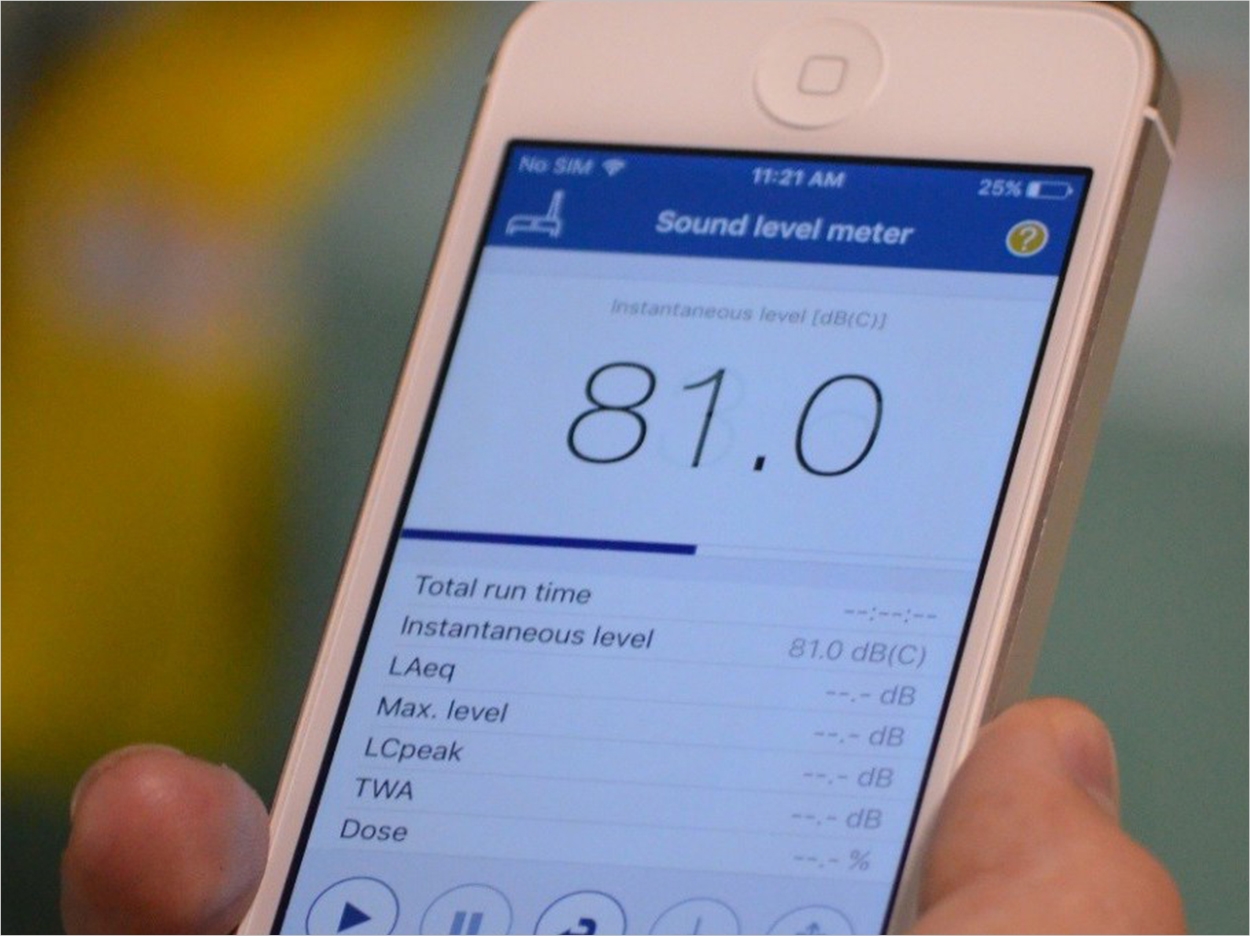
The equipment in a typical operatory can get very noisy, which may put dental professionals’ hearing at risk. The Occupational Safety and Health Administration advises that noise levels ranging from 100 dB(A) for 15 minutes of exposure to 85 dB(A) for 8 hours of continual exposure are hazardous. To help safeguard against these dangers, the Centers for Disease Control and Prevention (CDC) has released an app that measures noise levels.
The free National Institute for Occupational Safety and Health (NIOSH) Sound Level Meter is available for iOS devices on iTunes. It provides a readout of instantaneous sound levels in A, C, or Z weighted decibels using the device’s built-in microphone, though the CDC recommends using an external, calibrated microphone for greater accuracy. The app also offers basic information about noise and hearing loss prevention.
NIOSH worked with EA LAB to develop the app. According to the CDC, iOS devices share common hardware and software architecture optimized for audio applications. NIOSH and EA LAB, then, were able to verify that the app will perform as expected on any iOS device. The Android marketplace, though, is fragmented with different manufacturers and hardware and software requirements, making testing and verification of an Android version impossible.
The CDC advises users that the app is not meant to replace a professional sound meter or a noise dosimeter, nor should it be used for compliance purposes. However, with the aims of collaboration and improvement, the app lets users save and share measurement data with other users. In fact, the CDC envisions shared data serving as a source to build job exposure databases and promote better hearing health and prevention efforts.
According to NIOSH, 22 million workers are exposed to hazardous noise levels each year. In addition to damaging these workers’ quality of life, hearing loss also carries a high economic price for society. In a 2016 study from the United Arab Emirates, 80% of dental students experienced a certain degree of noise annoyance, 54% reported a hearing-related problem, and 10% claimed some hearing loss.
Related Articles


